E-Challans Find A Way to Annoy Transporters; To Agitate Them
- By Bhushan Mhapralkar
- December 18, 2024
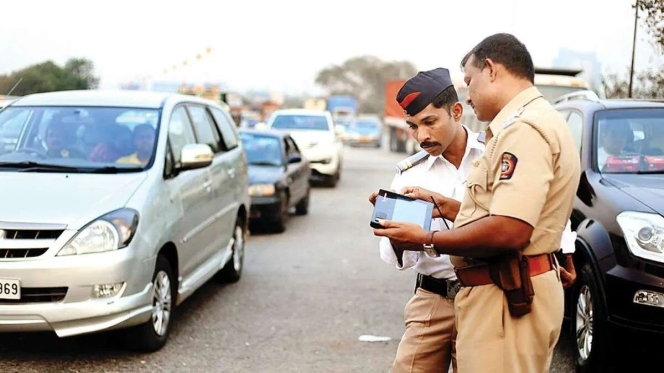
Introduced by the Ministry of Road Transport and Highways (MoRTH), Government of India, in 2017 on a pilot basis by the Mumbai Traffic police in October 2016, the e-challan system has since been put into practive all over the country. Aimed at digitising the process of traffic violation enforcement by eliminating manual loopholes, the system is proving to be annoying for transporters however.
It is not the technology, but the ones who deploy the system, claims transporters. Stating that the e-challan system has over time become a source of significant distress for transporters even though its introduction was appreciated by the industry as it digitised the process of traffic violation enforcement and eliminated many manual loopholes, Bal Malkit Singh, Chairman - Core Committe and Former President, All India Motor Transport Congress (AIMTC), averred, "The system has over time become a source of significant distress for transporters and other road users. It has become a new ‘Frankenstein’ and death knell for the road transport sector.”
Stating that a strong resentment is brewing and the transport fraternity across the country is agitating, Singh said, “The intention behind e-challans is to improve transparency and reduce manual intervention, but several issues have risen to complicate the situation for transporters.” “The primary issue stems from the large volume of incorrect or excessive e-challans issued to them. Many trucks plying long distances are receiving multiple e-challans for the same alleged offense or due to erroneous readings from speed detection or overloading devices,” he added.
Giving an example of trucks travelling through multiple states often receiving fines for supposed infractions such as over-speeding or minor overloading even though they are within legal limits, Singh explained, “Such errors accumulate and led to a financial strain for transporters. This is exacerbated as transporters operate nationwide – covering diverse terrains and jurisdictions – that would mean that they may be penalised in various states.” “These fines often lack clarity or the chance for immediate redressal, leading to confusion and increased operational costs,” he elaborated.
Informing that enforcement officials have found a way around technology to generate motivated challans without any verifiable proof of offence, which is leading to acute harassment of the transport fraternity, Singh articulated, “There is neither authentication of any violation through static photo nor there is any transparency leading to acute harassment of the transport fraternity. Static photo of a parked vehicle is clicked and challans are issued for random offences. The vehicle owner may be from a geographically distant state and cannot contest the challan in court. Lack of communication regarding issuance of e-challan to the vehicle owner/operators who is sitting in one part of the country and must travel across the length and breadth of it to get it disposed/rectified.”
With instance where the vehicle owner comes to know of the challans issued only after he tries to dispose of his vehicle, goes to renew its fitness and to renew the permit (in the case of commercial vehicles), the issues with e-challans is pan-India in nature than be limited to a certain geographically or cultural area it looks like.
Transport associations like the All India Motor Transport Congress (AIMTC) have voiced concerns and are actively engaging with state and central authorities to address the growing problem. They have raised issues related to inaccurate e-challans due to technical errors or faulty detection equipment, lack of a unified system across states leading to inconsistency in how fines are issued and difficulty in contesting these fines as there is no streamlined process for redressal or appealing incorrect challans.
They are demanding a centralised and transparent grievance redressal system, standardisation of e-challan policies, equipment calibration across states and leniency or waiver of penalties that are clearly issued due to system malfunctions, according to Singh.
Of the opinion that traffic enforcement is a state subject, Singh expressed that the intensity and frequency of issues differ state-to-state therefore and in some states use of faulty equipment or overly strict enforcement practices that has led to a higher number of incorrect challans. Singh drew attention to issues like non-integration with national vehicle databases (such as Vahan 4) in some states. “The system in Telangana for example,” Singh articulated, “has been of specific concern for transporters because it is not fully integrated with the national system, leading to problems like wrongful issuance of challans for vehicles from other states.”
"The potential solutions to addressing the issue of e-challan," Singh commented, “Is to ensure scientifically verifiable evidence. A centralised grievance redressal system with a nodal officer should be put in place. The exact recording of the offence with exact measurement in case of over-height or overload or similar such case should be presented rather than a picture to avoid any doubt about motivated action. Equipment and procedures should be standardised. Vehicle databases should be integrated. Enforcement officials should ne trained to be humane. The accountability of the enforcement officials should be ascertained whenever the issue of motivated challans is there."
Image for representative purpose only.
IVECO S-Way CNG Truck Achieves 1,000km Range On Single Refill
- By MT Bureau
- November 20, 2025

IVECO, a manufacturer in alternative propulsion, has demonstrated the endurance of its gas-powered heavy vehicles with the IVECO S-Way CNG truck travelling over 1,000 kilometres on one refill of compressed natural gas (CNG).
The test was carried out under real-world conditions by French journalists Fabien Calvet and Loic Fieux, driving between the Belgian and Spanish borders. The tractor unit towed a loaded curtain-sided semi-trailer with a gross combination weight of 30 tonnes, confirming the S-Way CNG’s efficiency and viability for daily operations. The result showed an average consumption of below 21 kg / 100 km over the distance, combined with quick refuelling.
The truck's gas engine is said to have delivered smooth, responsive and quiet performance, with handling comparable to a diesel model. The journalists noted the vehicle's high-performance engine brake and intarder hydraulic retarder offered strong braking, while the full air suspension enhanced driving comfort.
The model tested uses the xCursor 13 engine by FPT Industrial, producing 500 hp and 2,200 Nm of torque. This engine is designed to meet future Euro VII emissions standards and is paired with a second-generation ZF TraXon 12-speed automated gearbox.
The vehicle was equipped with new 620-litre tanks, providing a total capacity of 1,240 litres equivalent to at least 190 kg of CNG. This capacity represents an 18 percent increase over the previous generation.
IVECO utilised multiple systems to maximise fuel efficiency:
- Predictive GPS systems worked to recover kinetic energy on downhill sections and adjust engine speed ahead of climbs.
- Intelligent energy management features, including a controlled alternator and a dis-engageable air compressor, ensure energy is only consumed when necessary.
- Aerodynamic improvements such as deflectors, side fairings and mirror-cams help to reduce drag.
The gas-powered trucks offer a transport solution that is both sustainable and cost-effective, supported by an established European refuelling network. Operators can utilise the approximately 4,300 bioLNG and 800 BioCNG stations currently in operation.
When running on biomethane, which is produced from organic waste, the trucks can reduce carbon dioxide (CO2) emissions by an average of 95 percent, alongside lower fine particle and nitrogen oxide emissions compared to diesel. The European gas refuelling network is set to expand further, with 50 new stations scheduled to open in 2026.
- Daimler India Commercial Vehicles
- DICV
- Torsten Schmidt
- Satyakam Arya
- Hino Motors
- Mercedes-Benz do Brasil
- Daimler Truck Asia
- Mercedes-Benz Trucks
- Achim Puchert
Torsten Schmidt Succeeds Satyakam Arya As New Boss Of Daimler India Commercial Vehicles
- By MT Bureau
- November 13, 2025
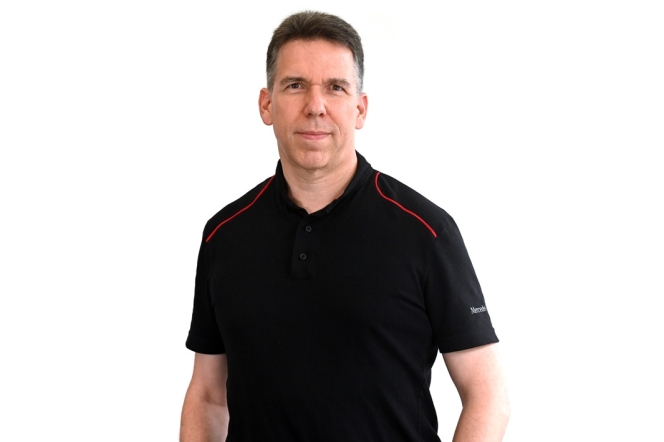
Chennai-based Daimler India Commercial Vehicles has announced the appointment of Torsten Schmidt as its new CEO. He is set to succeed Satyakam Arya, who has been nominated as the designated President and CEO of Hino Motors in Japan.
Schmidt, currently CFO of Mercedes-Benz do Brasil, has been with Daimler since 1997. Over the course of nearly three decades, he has held various roles across Germany, India, Japan and Brazil, having led teams across sales and central function at Daimler Truck, Mercedes-Benz Trucks and Daimler Truck Asia.
Achim Puchert, CEO Mercedes-Benz Trucks: “Torsten is an experienced and respected leader whose global and intercultural expertise are matched by a proven ability to deliver results. His strong leadership qualities, strategic vision, financial proficiency, and comprehensive knowledge of the entire value chain make him the perfect fit for his new role and to drive our business forward. My heartfelt thanks go to Satyakam - an outstanding leader with exceptional expertise in commercial vehicle operations and a deep commitment to customer success. Satyakam has been a driving force behind Daimler India Commercial Vehicles’ success and together with his team he has established a solid footprint. We wish him all the best in his new role.”
In his new role, Torsten Schmidt will report to Achim Puchert, CEO of Mercedes-Benz Trucks.
Eicher Launches Pro X Diesel Small Commercial Vehicle
- By MT Bureau
- November 10, 2025
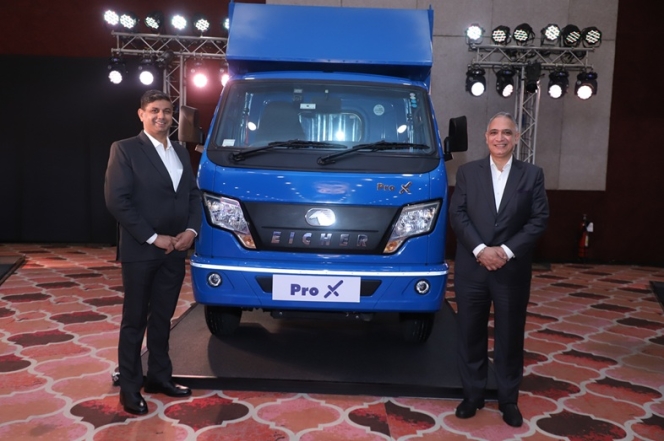
Eicher Trucks and Buses, a business unit of VE Commercial Vehicles (VECV), has launched the Eicher Pro X Diesel, expanding its offering in the 2-3.5 tonne Small Commercial Vehicle (SCV) segment.
The new diesel model follows the earlier release of the Eicher Pro X EV, providing both electric and diesel options for customers and regions requiring diesel power.
The Pro X Diesel features a new E449 diesel engine developed to deliver fuel efficiency and power for performance across terrains. The model is built as an 'Expert' solution for small firms, fleet operators and first-time buyers, focusing on performance, uptime and ownership.
The vehicle includes the segment’s largest cargo deck (10 feet 8 inches) and offers a long service interval of 30,000 km. This combination is intended to increase the goods carried per trip and reduce operating costs. The Eicher Pro X Diesel has been tested across India’s varied conditions for use in applications such as e-commerce, FMCG and regional logistics.
Vinod Aggarwal, MD & CEO, VE Commercial Vehicles, said, “With the launch of the Eicher Pro X Diesel, we are taking another significant step in transforming last mile logistics in India. The Eicher Pro X range – now available in both electric and diesel variants – reflects our commitment to serve our customers as they transform logistics in India’s Amrit Kaal. Co-created with customers, the range combines Eicher’s proven expertise in fuel efficiency, reliability and superior uptime with the operational flexibility that many businesses seek from a diesel powertrain. This launch strengthens Eicher’s presence in the rapidly evolving small commercial vehicle segment and aligns with our vision to partner India’s progress with smart, sustainable and efficient logistics solutions.”
S S Gill, Chief Commercial Officer, VE Commercial Vehicles, said, “The Eicher Pro X Diesel is a state-of-the-art product designed for customers and drivers in the large SCV segment. It introduces segment-leading comfort and safety features, including a crash-test certified metallic cabin, ergonomic D+2 seating, driver state monitoring system (DSMS) and daytime running lamps (DRL). Intelligent connectivity through the My Eicher App, predictive diagnostics, remote immobiliser and real time monitoring through the 24x7 Uptime Centre support further enhances operational control and security, delivering peace of mind for owners.”
Volvo FH Aero Wins Green Truck Award, Introduces Stop/Start Tech To Cut Emissions
- By MT Bureau
- November 06, 2025
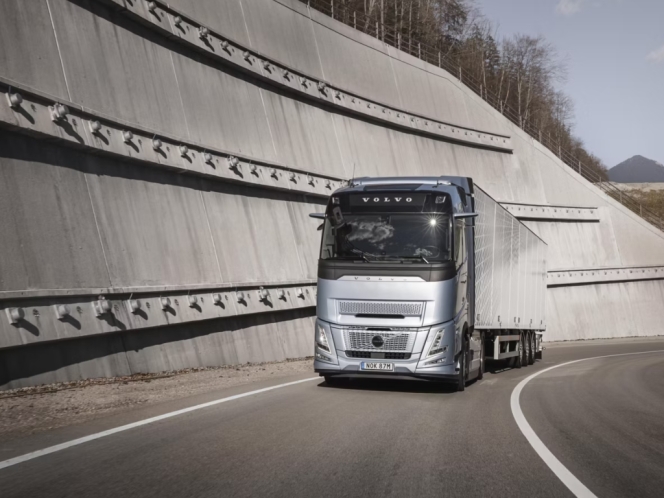
Swedish commercial major Volvo Trucks recently won the 2025 Green Truck Award for its Volvo FH Aero model. The win demonstrates the impact of the company's technologies and innovations on fuel efficiency, with the Aero cab and aerodynamic improvements contributing to fuel consumption and CO2 emission reductions.
The company's push for fuel savings includes a new in-house developed stop/start engine feature, which builds on the existing I-See and I-Roll technologies.
The feature works by constantly monitoring road data and road curvature. The engine is temporarily turned off when an oncoming downward slope is identified along the route. When the engine is off, zero fuel is consumed, resulting in no CO2 tailpipe emissions.
The functionality is activated at speeds above 60 kmph. Depending on conditions like topography and ambient temperature, the new I-Roll with Engine stop/start will cut up to 1 percent of fuel and CO2 emissions on top of already achieved savings.
The new feature will be offered on the Volvo FH and FH Aero with the 13-litre diesel engine. Customers can order it from November 2025.
Jan Hjelmgren, Head of Product Management, Volvo Trucks, said, “Our engineers have done it again – innovating a new engine technology that contributes to making transport by truck more fuel-efficient. As part of our decarbonisation strategy, we will continue to innovate to make our combustion engines even better and to reduce our impact on the environment.”
Volvo Trucks’ overall decarbonisation strategy includes combustion engines powered by renewable fuels, battery-electric and fuel-cell electric trucks.


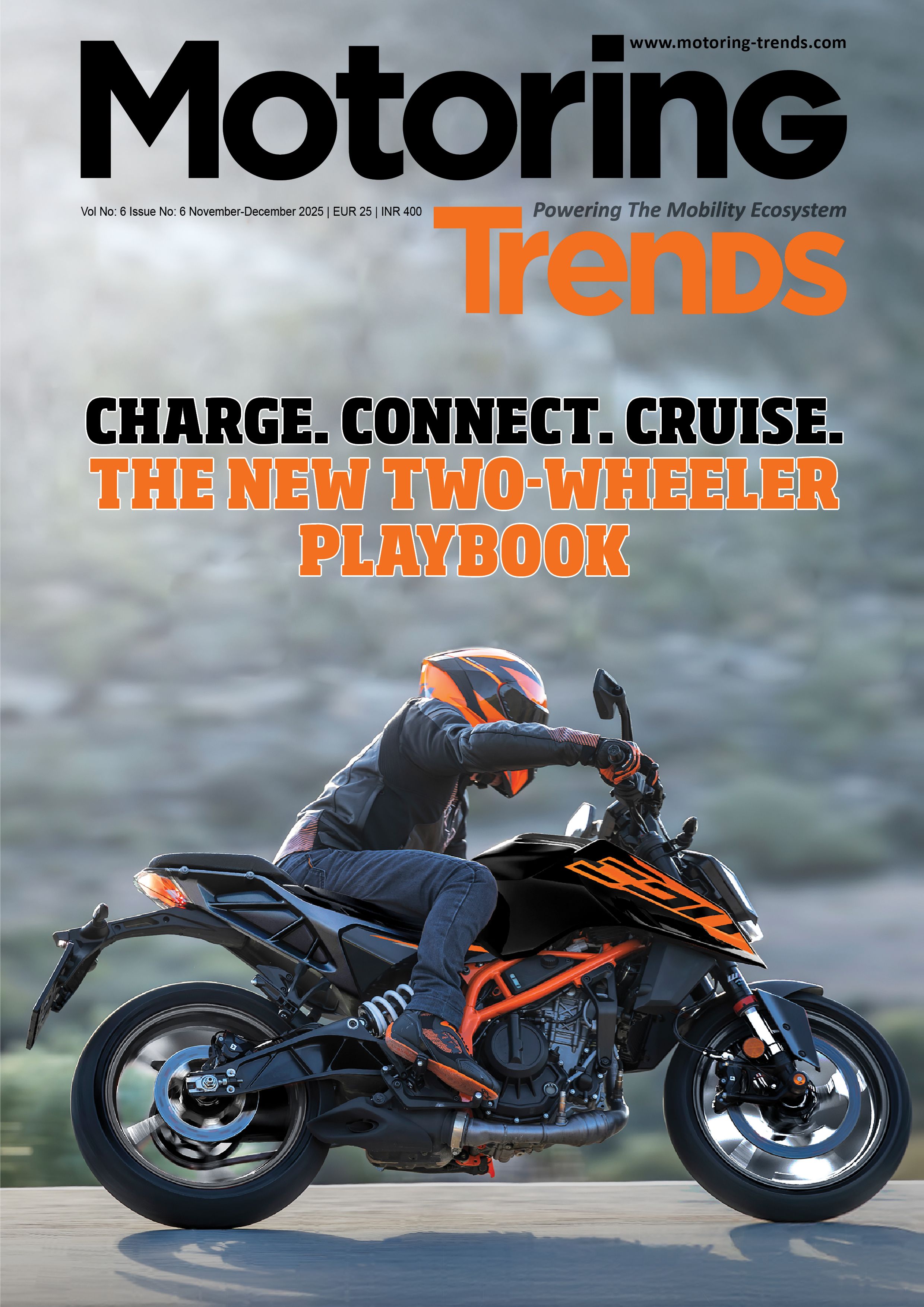



Comments (0)
ADD COMMENT